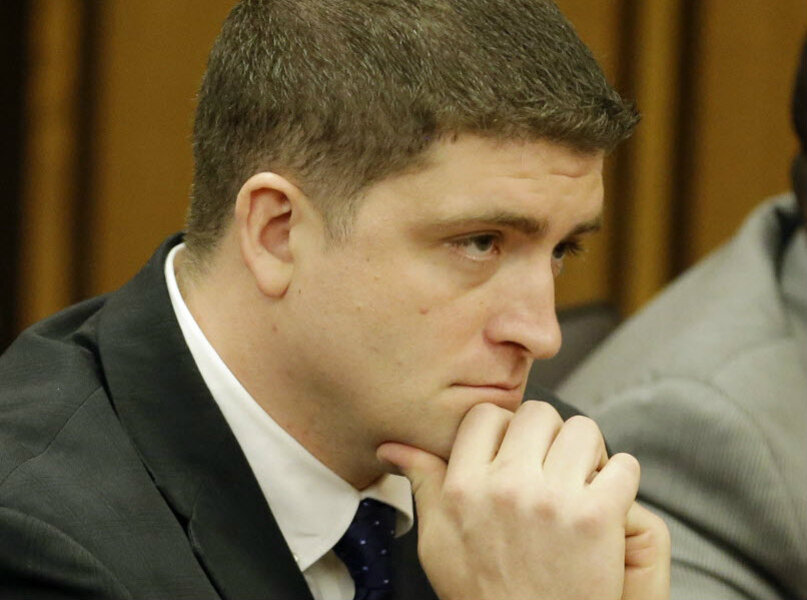Six Cleveland officers fired over deadly 2012 car chase
Loading...
| CLEVELAND
Six Cleveland police officers were fired over their involvement in a November 2012 chase that led to the fatal shooting of an unarmed black man and woman, city officials said on Tuesday.
Six other officers in the incident, which involved a 137-shot barrage, were suspended for 21 to 30 days, and another retired last year, officials said. All the affected officers were white, except for one, who is Hispanic.
The officers fired included Michael Brelo, a white former US Marine who was acquitted last May of manslaughter for the incident, leading to protests.
"The incident was unprecedented," Cleveland Police Commander James Chura told reporters of the shooting, which killed Malissa Williams and Timothy Russell. "It took an investigation just as unprecedented to get to the truth."
The decision to fire the officers comes as US law enforcement is under scrutiny for the use of lethal force against minority groups. It followed a series of high-profile deaths of unarmed black men in confrontations with police, which have prompted sometimes violent demonstrations.
The chase on Nov. 29, 2012, began in downtown Cleveland after reports of gunfire coming from Russell's car, where Williams was a passenger.
But no weapon was found. A forensic mechanic testified at Mr. Brelo's trial that the car was prone to backfiring.
The Cleveland chase, which involved more than 100 officers, lasted more than 20 minutes and went through multiple cities at speeds topping 90 mph (145 kph), ending in a school parking lot where Mr. Russell was shot 24 times and Ms. Williams 23 times.
The US Justice Department found in 2014 that the Cleveland police engaged in a pattern and practice of excessive force. Cleveland police also made national headlines in 2014 for the fatal shooting of Tamir Rice, a black 12-year-old playing with a replica gun in a park.
Steve Loomis, president of the union that represents Cleveland officers, said the firings were "shamefully political" and "the direct result of the current and false narrative surrounding the facts and law enforcement throughout this country."
The union has filed grievances to get the officers their jobs back.
The firings and suspensions were announced after a 90-minute news conference which detailed a chaotic scene, with bullets flying in all directions. Brelo fired at the civilians from the hood of his squad car, officials said.
Cleveland paid the families of Williams and Russell $1.5 million each to settle a wrongful death lawsuit. (Writing by Mary Wisniewski; Editing by Jonathan Oatis and Matthew Lewis)





